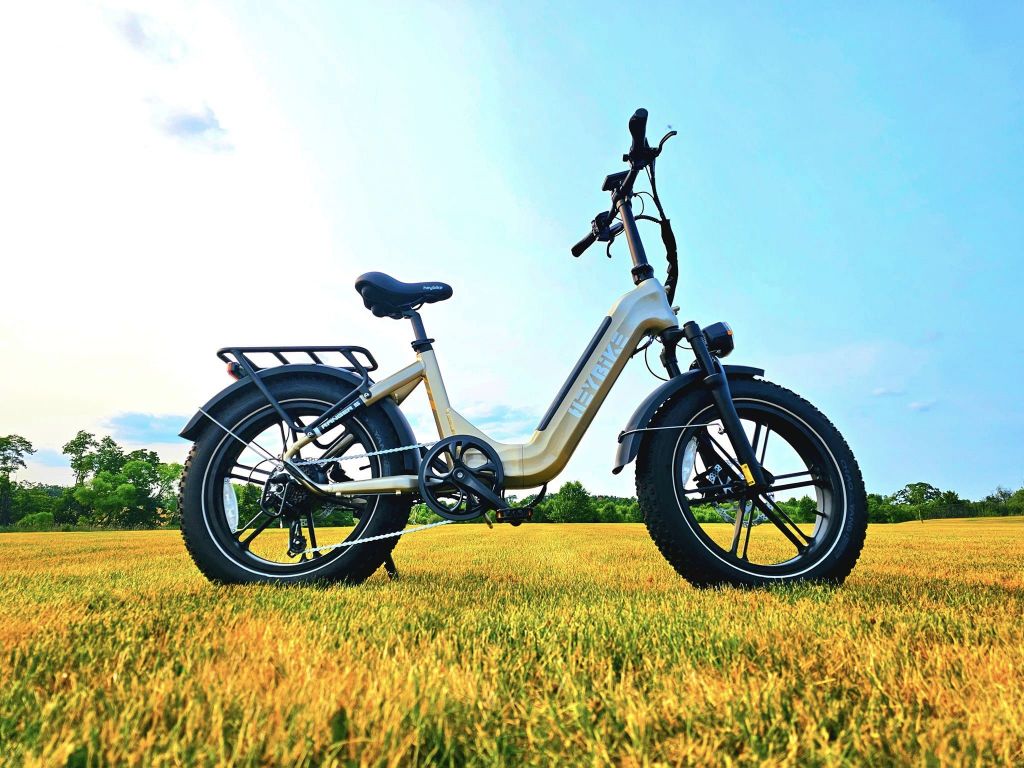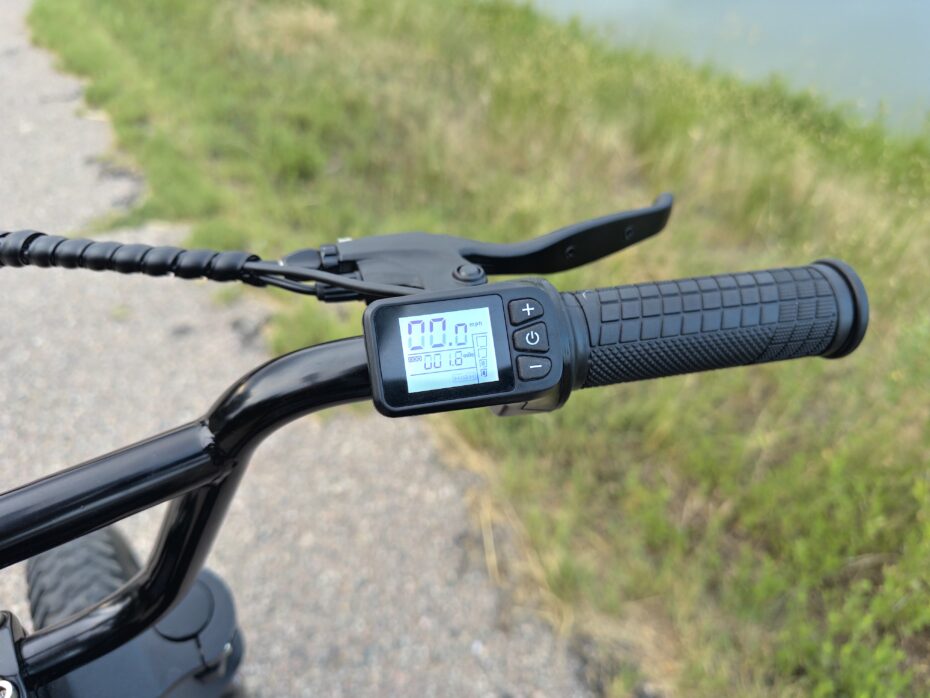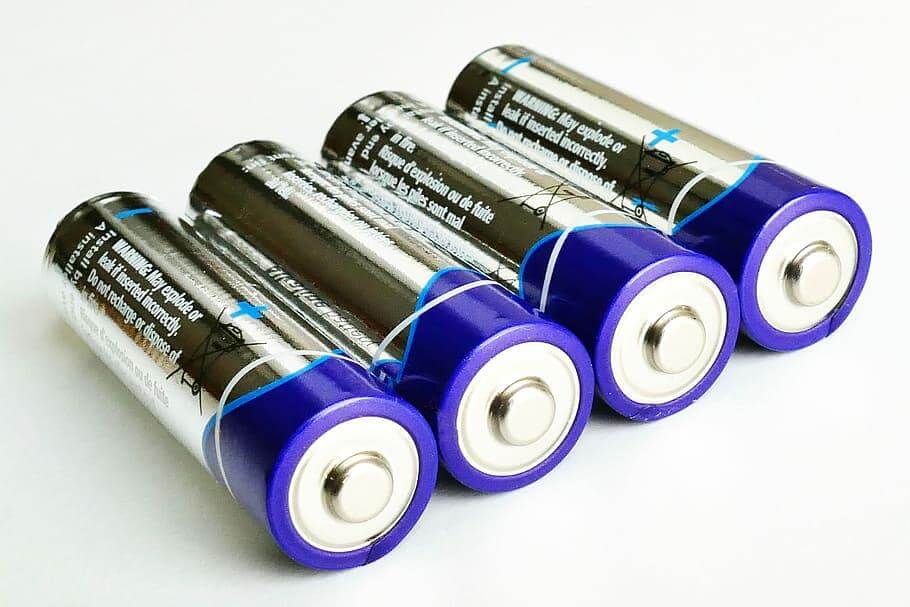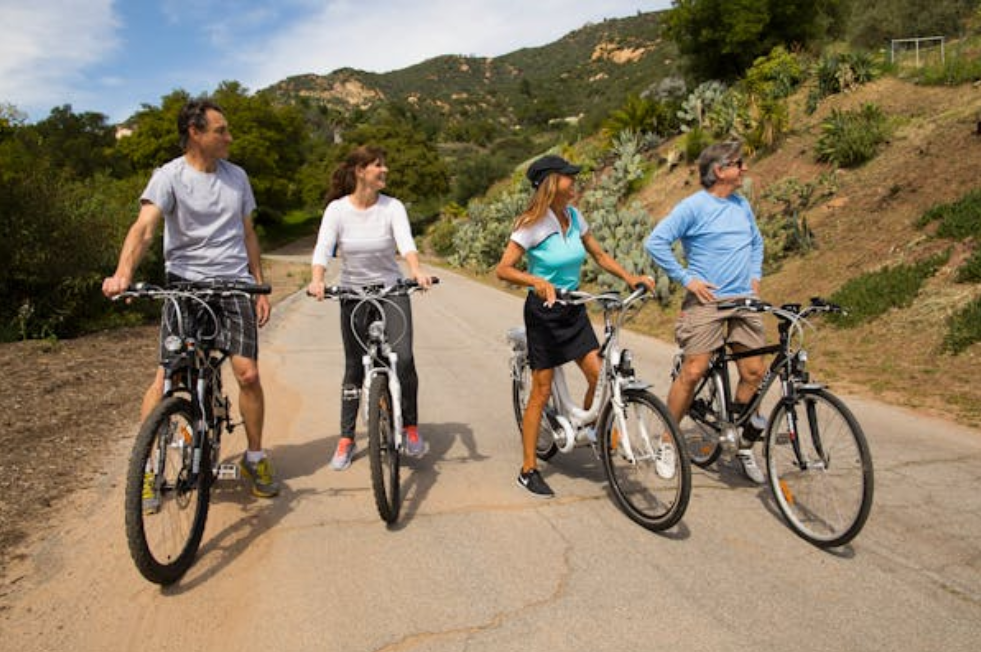The e-bike controller is the brain of your electric bike, as it manages power delivery, pedal-assist levels, and speed limits. Moreover, the true potential of your e-bike motor often lies in the conservative factory settings, waiting for a custom tune. However, before making a change to the core hardware of your e-bike, know if the benefit is worth the risk. Additionally, reprogramming your e-bike controller can significantly enhance its Performance, but it also carries the risk of component damage.
Furthermore, factory settings tend to provide a standard riding experience for you. However, reprogramming it can unlock a personalized and more powerful ride. Interestingly, unlocking this power requires making some adjustments to the motor controller’s firmware to realize your e-bike’s potential fully.

We’ve put this guide together to help you with the safe process to reprogram your e-bike controller for maximum Performance.
What are the benefits of reprogramming e-bike controllers?
Reprogramming your e-bike controller offers numerous benefits, enhancing your riding experience and increasing its power. Benefits which include:
- Easy adjustment of the power and speed delivered at each pedal-assist level to match your riding style on various terrains.
- Easily bypass factory-set speed limits, which may comply with the speed limit required in your region/location.
- Easily improve the throttle response by customizing how it engages power, from a gradual curve to an instant boost.
Guide to Reprogram your E-Bike Controllers
It is essential to know that e-bike controller modification can be broken down into levels of complexity and technical skills.
Basic Display Programming (P-Codes)
- Easily access the Hidden Menu by pressing a specific combination of buttons on your handlebar display. You can enter a password-protected ‘P-code’ or ‘Parameter Setting’ menu.
- Once inside, you can change the settings.
- P03 –Voltage Level: (e.g., 48V, 52V).
- P06 – Wheel Size
- P08 – Speed Limit
- P12 – Power Assisted Start Strength
- P14 – Max Power in Amps: Easily adjusts the current limit, which directly affects torque and acceleration.
- The new settings are written to the controller’s memory when you save and exit the menu.

This step requires no extra hardware, and this is all that is needed to increase the speed limit for many basic e-bikes.
USB Programming (Bafang/KT Controllers)
E-bikes with Bafang BBS02 and BBSHD, or KT (Kunteng) controllers, offer a deeper level of customization through a dedicated USB programming cable.
- Get a Windows PC, the specific USB programming cable, and the Bafang or Kunteng Configuration Tool software.
- Connect the programming cable to the motor’s wiring harness by unplugging the display and connecting the cable in its place. Additionally, the battery must be connected and the system powered on.
- Furthermore, connect to the controller and click ‘Read Flash’ to extract and save the original stock configuration file. Moreover, this backup is essential to restore the bike if the modifications cause a malfunction.
- Besides that, within the software, you can tune/reprogram the;
- Current Limits: Separate settings for the controller’s maximum current and the maximum current for each Pedal Assist System (PAS) level.
- You can easily adjust the maximum speed cap/speed limits.
- Pedal Assist Settings (PAS): You can fine-tune the start current, slow-start mode, and power decay time to customize the pedal feel for smoother rides.
Furthermore, this method provides precise control over the bike’s Performance. However, it requires you to pay careful attention to the motor and battery limitations to avoid component damage.
>>> Here is a video tutorial of step by step on how to reprograms your e-bike controllers:
Technical and Safety Risks of Reprogramming E-bike Controllers
Before you attempt any form of e-bike controller reprogramming, it is essential to understand the inherent risks, especially regarding safety and compliance.
Moreover, reprogramming to bypass current limits can draw too much power from the bike battery or overload the motor windings. However, this can lead to premature failure, overheating, or even fire hazards. Therefore, the controller must be appropriately fit for the motor and battery.
Furthermore, non-factory modifications, especially to the electrical components, can affect the manufacturer’s warranty on the entire e-bike system.
Additionally, working on the controller while the battery is connected is extremely dangerous. However, this can lead to short circuits, component damage, or personal injury. So, always remove your battery before opening the controller housing.
Conclusion
Reprogramming the controller of your e-bike is a unique way to enjoy a highly personalized and more powerful riding experience. Moreover, as e-bike technology continues to evolve, controllers will become even more sophisticated, enabling improved rides.
However, the excitement of boosted Performance must be balanced with a clear understanding of the risks. Moreover, safety should be a priority as a single setting can transform a street-legal e-bike into an unregistered one. Additionally, understanding the key settings such as limits, speed restrictions, and battery management will help optimize your e-bike for your specific needs.
However, before taking your reprogrammed e-bike on public trails, make sure you consult your local regulations. Besides the e-bike, Performance must always be tempered by legal and safe riding practices.
Follow us for more tips and insights on how to reprogram your e-bike controllers.
Frequently asked questions
Will reprogramming my e-bike’s controller void its warranty?
Yes, it will, but in most cases. Moreover, Manufacturers consider any modification to firmware or controller parameters as tampering, which voids the warranty. So, always check your warranty terms before reprogramming.
Can reprogramming my e-bike controller damage the battery or motor?
Yes, it can, especially if you push parameters beyond the safe operating limits.
What does it mean to reprogram an e-bike controller?
Reprogramming an e-bike controller involves modifying/tuning its internal settings or firmware to alter how your e-bike functions. Additionally, this includes adjusting parameters such as maximum speed, current limits, pedal assist behavior, throttle response, and battery voltage cutoff. However, some riders reprogram their e-bike controller to optimize its Performance to match their riding needs for an improved riding experience.

Do I need to disconnect the battery before reprogramming my e-bike controller?
Yes, you should always disconnect the battery before connecting the programming cables or opening the controller casing. Besides, this helps prevents short circuits, electric shocks, or firmware corruption. Only reconnect the battery when you are ready to test.


